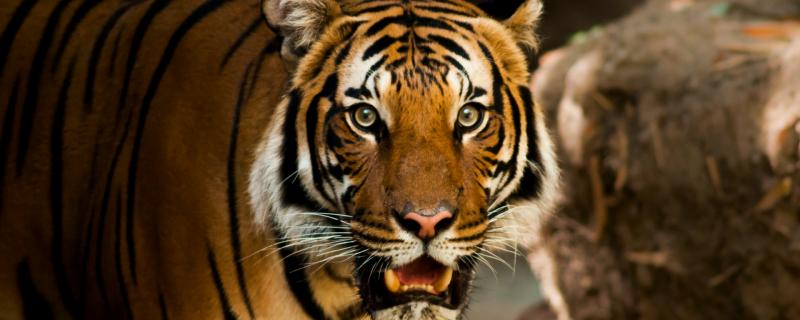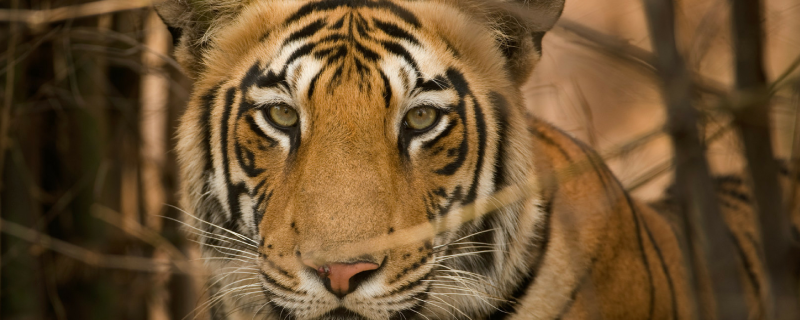According to the National Tiger Estimation survey, the number of tigers has surged to 2967, indicating a doubling of tiger numbers since the first survey conducted in 2006 under a revised monitoring methodology. Although this change may sound exciting to the layperson, some scientists have flagged concerns about accepting these claimed changes in tiger numbers. In a recent study, published in the journal Conservation Science and Practice, researchers from India and Norway refer to important mathematical, statistical and ecological principles and highlight how India’s tiger survey results deviate from these principles.
A new review reveals that rising global temperatures, increased pollution, and extreme weather events are driving a global surge in eye diseases, disproportionately affecting vulnerable communities and challenging healthcare systems.
Roorkee/









